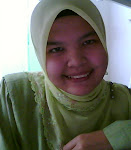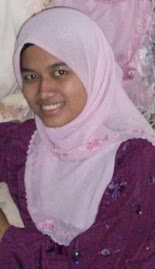Acupuncture is a technique of inserting and manipulating fine filiform needles into specific points on the body to relieve pain or for therapeutic purposes. The word acupuncture comes from the Latin acus, "needle", and pungere, "to prick". In Standard Mandarin, 針砭 (zhēn biān) (a related word, 針灸 (zhēn jiǔ), refers to acupuncture together with moxibustion).
According to traditional Chinese medical theory, acupuncture points are situated on meridians along which qi, the vital energy, flows. There is no known anatomical or histological basis for the existence of acupuncture points or meridians. Modern acupuncture texts present them as ideas that are useful in clinical practice. According to the NIH consensus statement on acupuncture, these traditional Chinese medical concepts "are difficult to reconcile with contemporary biomedical information but continue to play an important role in the evaluation of patients and the formulation of treatment in acupuncture."
Acupuncture originated in China and is most commonly associated with traditional Chinese medicine (TCM).Different types of acupuncture (Classical Chinese, Japanese, Tibetan, Vietnamese and Korean acupuncture) are practiced and taught throughout the world.
There is no scientific or medical evidence that acupuncture has any efficacy beyond a placebo effect.The WHO, the National Center for Complementary and Alternative Medicine (NCCAM) of the National Institutes of Health (NIH), the American Medical Association (AMA) and various government reports have studied and commented on the efficacy of acupuncture. There is general agreement that acupuncture is safe when administered by well-trained practitioners using sterile needles, and that further research is appropriate.
Clinical practice
Acupuncture needleMost modern acupuncturists use disposable stainless steel needles of fine diameter (0.007" to 0.020", 0.18 mm to 0.51 mm), sterilized with ethylene oxide or by autoclave. These needles are far smaller in diameter (and therefore less painful) than hypodermic injection needles since they do not have to be hollow for purposes of injection. The upper third of these needles is wound with a thicker wire (typically bronze), or covered in plastic, to stiffen the needle and provide a handle for the acupuncturist to grasp while inserting. The size and type of needle used, and the depth of insertion, depend on the acupuncture style being practised.
Warming an acupuncture point, typically by moxibustion (the burning of a combination of herbs, primarily mugwort), is a different treatment than acupuncture itself and is often, but not exclusively, used as a supplemental treatment. The Chinese term zhēn jǐu (針灸), commonly used to refer to acupuncture, comes from zhen meaning "needle", and jiu meaning "moxibustion". Moxibustion is used to varying degrees among current schools of oriental medicine. For example, one well-known technique is to insert the needle at the desired acupuncture point, attach dried moxa to the external end of an acupuncture needle, and then ignite it. The moxa will then smolder for several minutes (depending on the amount adhered to the needle) and conduct heat through the needle to the tissue surrounding the needle in the patient's body. Another common technique is to hold a large glowing stick of moxa over the needles. Moxa is also sometimes burned at the skin surface, usually by applying an ointment to the skin to protect from burns, though burning of the skin is general practice in China.
Kuliah Maghrib Dato TITM
10 years ago










No comments:
Post a Comment